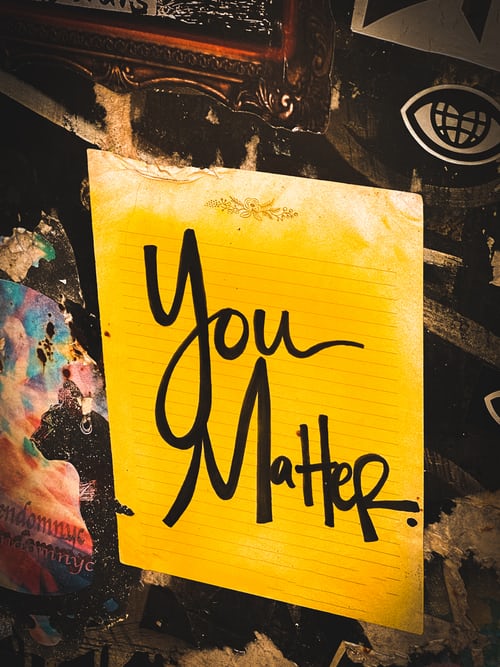COVID-19 changed the face of education virtually overnight. Schools, students, parents, and teachers had to adapt to make sure the educational needs of all were being safely met, to varying degrees of success. During this time, self-care became a visible and very necessary part of the at-home routine. And while the last 15 months have been incredibly challenging, we are collectively starting to see some light at the end of a very long tunnel. As of June 7, 2021 51.7% of the entire U.S. population had received at least one dose of the vaccine, while 42.1% were fully vaccinated. This means that most schools will resume the majority of their in-person classes in the fall. And while this is excellent news, it also means that the nature of self-care practices and strategies could possibly change – but still needs to be prioritized.
Prioritizing Teacher Self-care Beyond the Pandemic
The transition from in person learning to distance learning was challenging for many. There was new technology, new teaching models to learn, new materials to create, and new worries about the students that wouldn’t show themselves on camera, or speak, or turn in homework, or come to school at all. Those teachers who received self care training and time were able to better relieve themselves of unmanageable burdens. This transition back to face-to-face learning poses several key challenges: How will our students’ mental health be? How will they negotiate their own feelings of having lost a year of in person learning, fallen behind on good study habits, or be processing grief and loss? Teachers are often the first point of contact or “gatekeepers” for when students are experiencing difficulties, so by prioritizing teacher self care, they are supported and empowered in their classrooms.
COVID-19’s Impact on Students
Students will be under a lot of stress when transitioning from distance learning back to in person learning. By the time they fully return to in person learning, they will have been outside a formal classroom environment for 18 months – from March 2020 to September 2021. Many students will need help re-acclimating to a structured environment. Returning to the classroom may bring up feelings of anger, frustration, and humiliation, since students may have forgotten what their previous routines felt like.
Moreover, many students have become disengaged with learning as a result of the pandemic. In one school district, 25 of 115 8th grade students had not turned in a single assignment during distance learning. These students will need help catching up to their peers. Having fallen behind, they may need help finding their motivation and finding the confidence to get back to where they need to be. Helping students manage this stress will be challenging and will place additional strain on our teachers.
How To Prioritize Teacher Self-Care
If you are an educator, consider how you can make self care part of your routine when returning to the classroom in the Fall. Identify healthy ways to create an anchor and implement easy-to-use mindfulness tools. By prioritizing self care daily, you can achieve a healthy balance and be present for yourself and your students.
Want help creating a self care plan? Check out our workshop, Rapid Revitalization for Educators.
And subscribe to our podcast, The Conscious Classroom for regular exploration for how to make a more mindful and supportive classroom.



